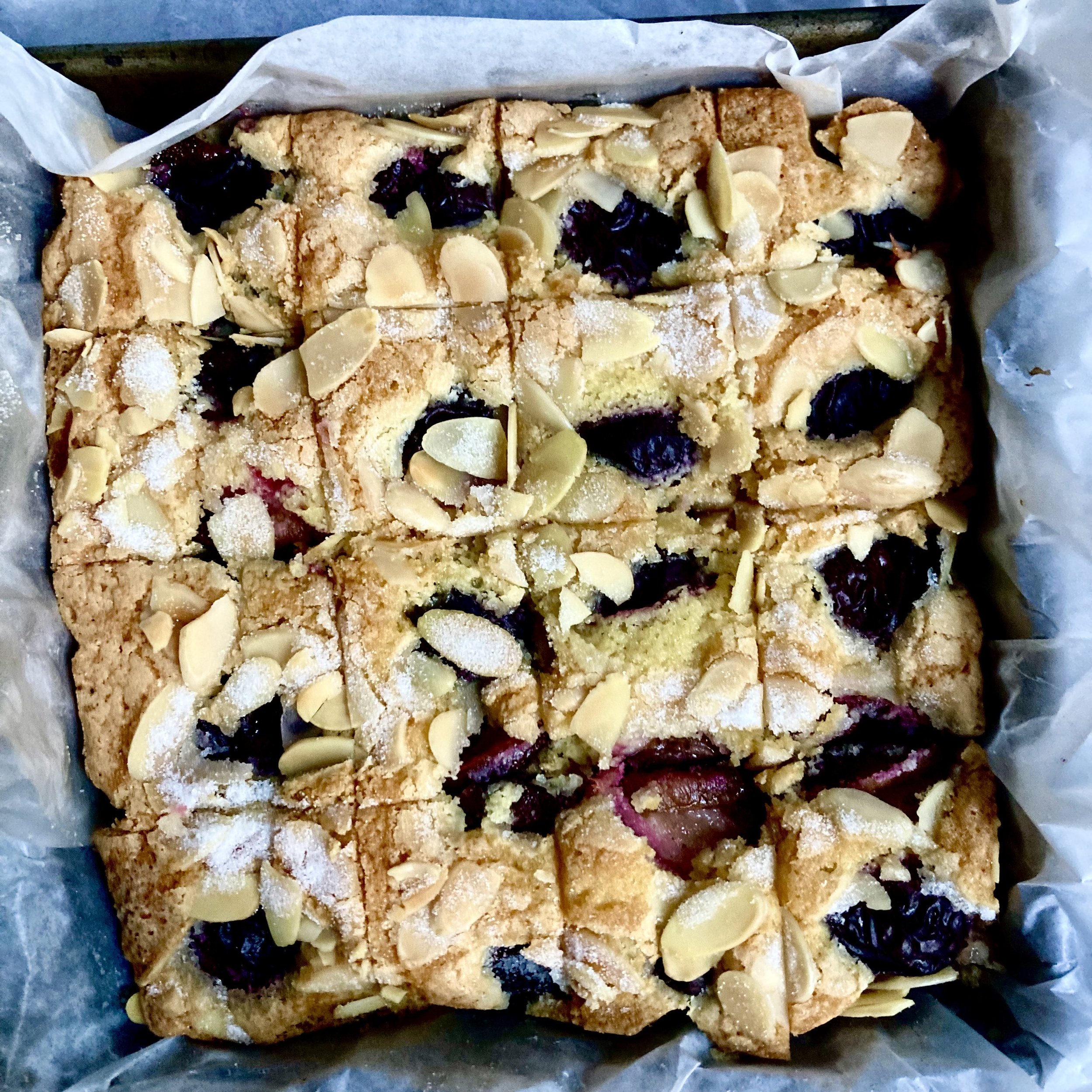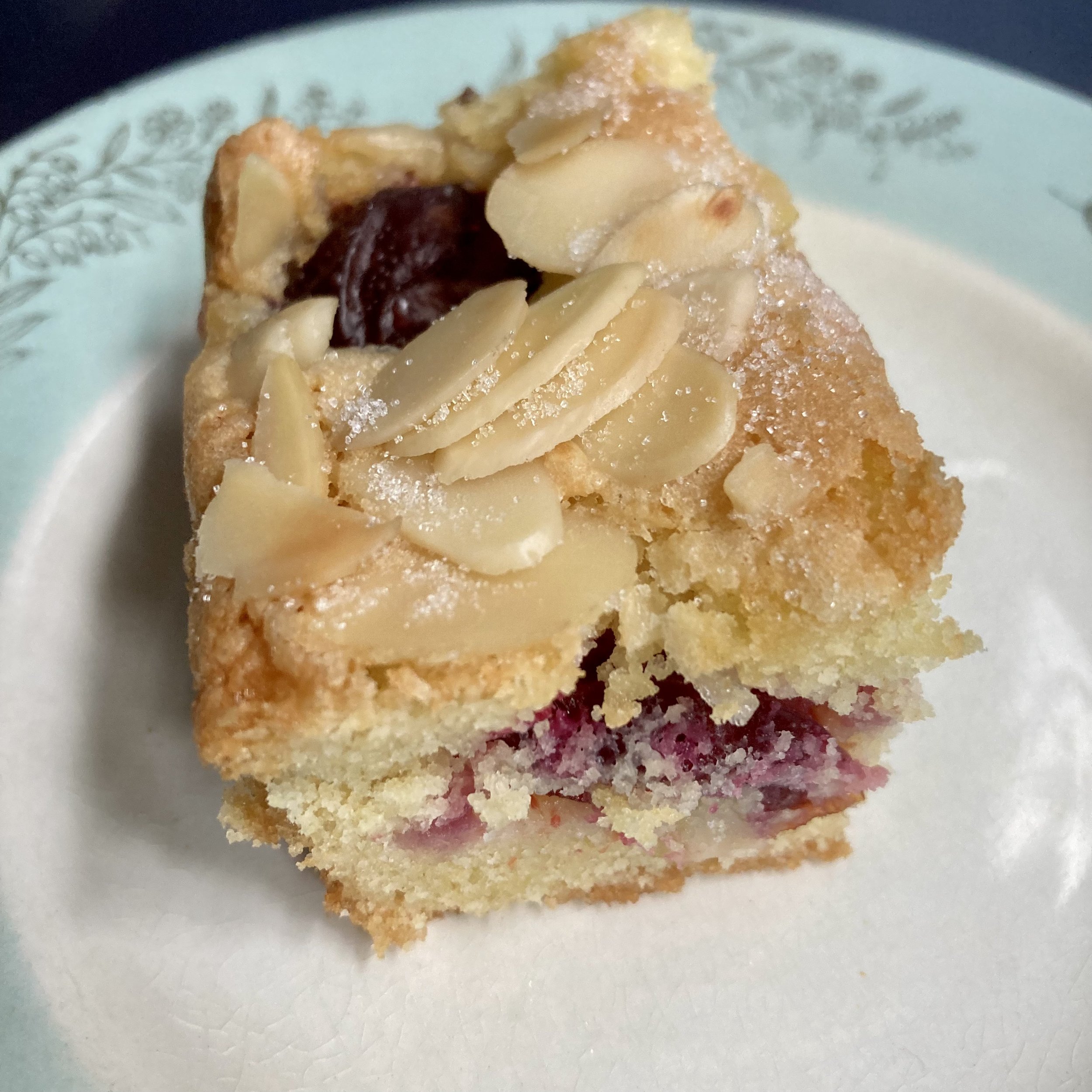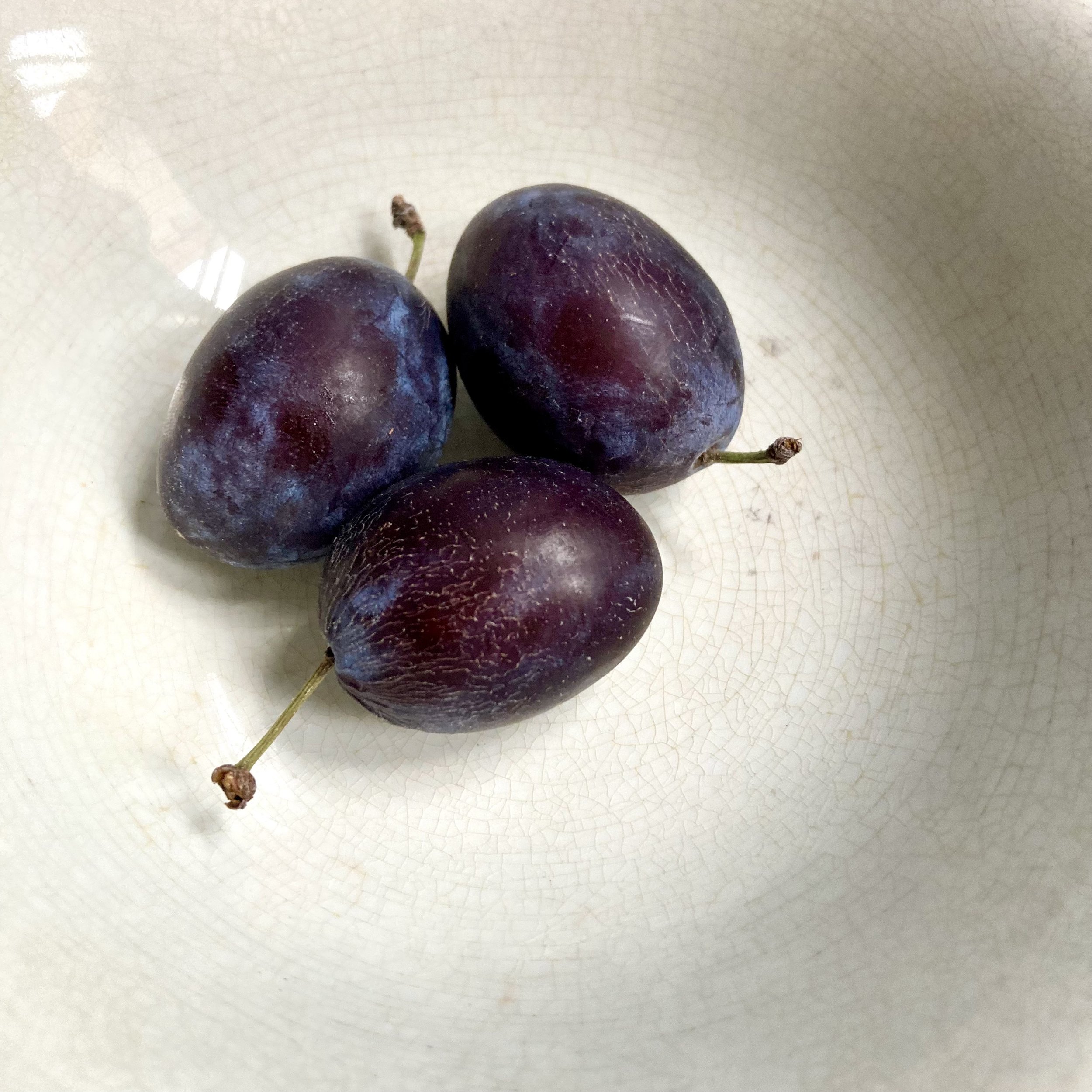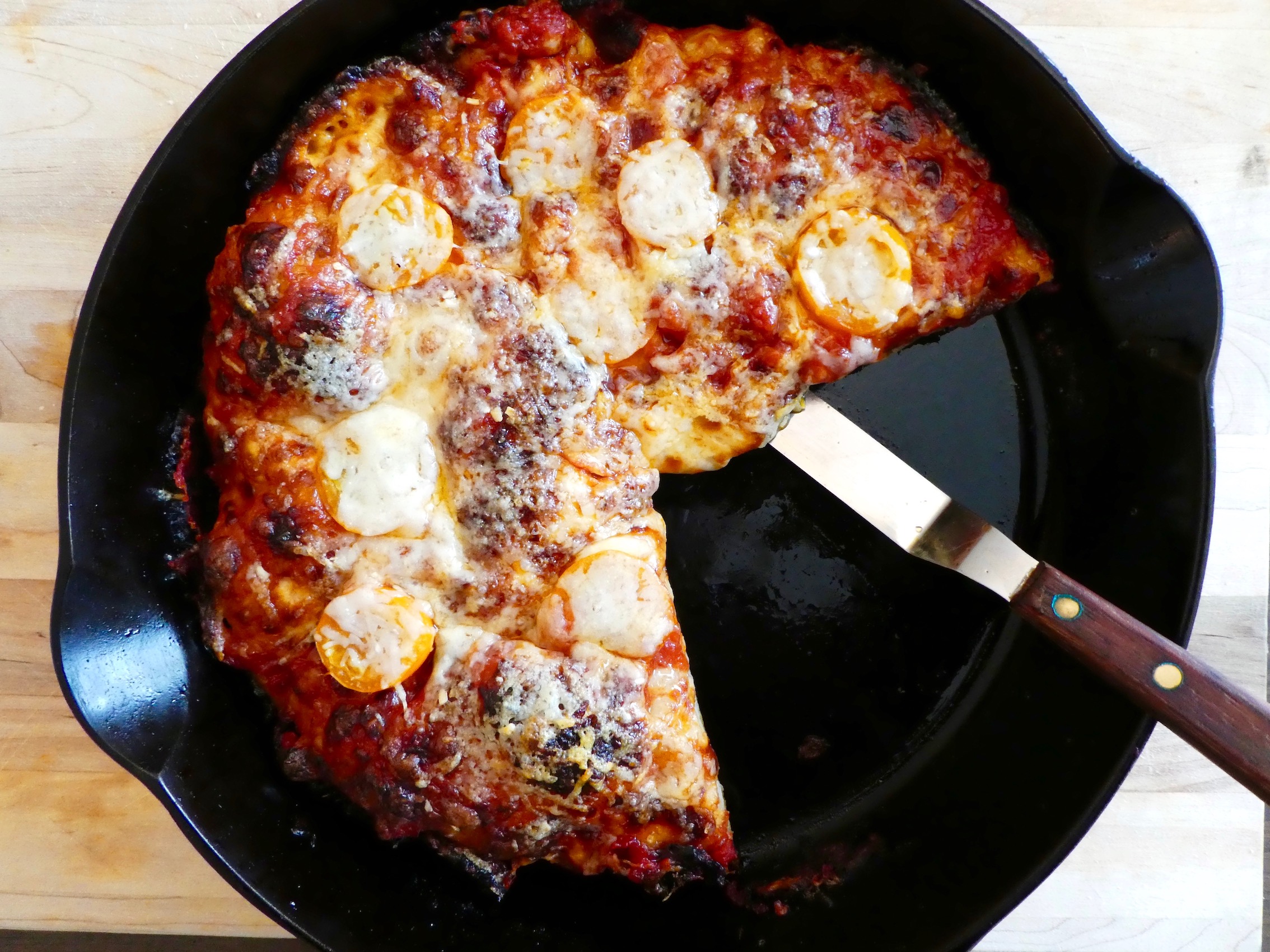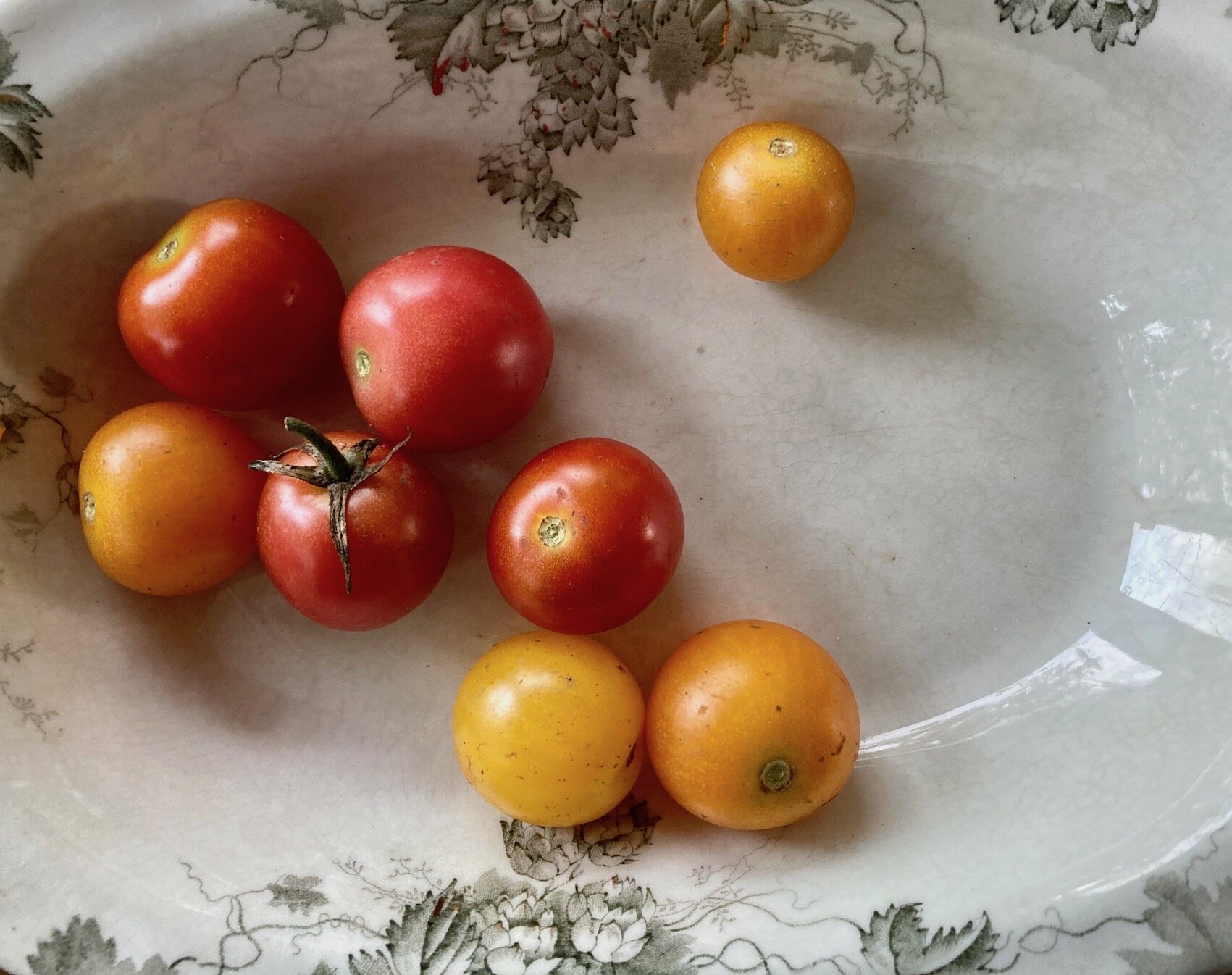If you read the New York Times's food section, especially its Cooking blog, you're probably already familiar with this one. Hell, if you pay attention to food tips and trends online with any degree of dedication, you're probably already familiar with this one. There's a reason it's a New York Times designated Classic--it's been making the rounds for years now. And that's a good thing, because it's a recipe that deserves to circulate widely. It's a great recipe and it comes with a great story.
The recipe in question is Takeout-Style Sesame Noodles, of course, and it first appeared in 2007 as part of a story on the advent of Sesame Noodles in New York City titled "New York Noodletown." The story came courtesy of Sam Sifton, it was populated by legendary figures like Shorty Tang, and it featured lovely passages like this one, on the post-revolutionary wave of Chinese immigration that brought an entirely new style of Chinese cuisine to New York:
Here’s the flickering-newsreel version: The Communists took over China in 1949. Tang and other great chefs began to slip and slide toward the United States soon after, riding to Taiwan with banquet crews loyal to Chiang Kai-shek — and from there to Hong Kong, India, Brazil, East Broadway and the Upper West Side.
They arrived in New York in the years following the 1965 changes in American immigration law and set up restaurants that over time began to offer a new kind of Chinese food, one remodeled first to fit and then to mold American tastes. “Szechuan food,” they called this new style of cooking, and it became as much a part of 1970s Manhattan as cocaine and disco. (The spelling would later shift to “Sichuan.”)
And as New York went, so went the nation: a cold and fiery dish meant to combat the lazy, brutal humidity of a Chinese summer became a staple of takeout menus across the United States.
Sifton's recipe, based on a historical reconstruction by Eddie Schoenfeld, "the affable yarn-spinner and restaurateur who opened Red Farm in the West Village and on the Upper West Side of Manhattan," is an attempt to rediscover the seductive origins of a now-ubiquitous recipe. And it reappeared in the New York Times this summer, during the Dog Days, for a reason. As Sifton put it in the quote above, this was "a cold and fiery dish meant to combat the lazy, brutal humidity of a Chinese summer." Not only is it a tantalizing recipe, but it's an incredibly simple one, one that's conceivable to make even during a heatwave, one that's almost impossible to resist devouring upon completion of the preparation, regardless of the heat, and one that's positively soothing on a hot, steamy day if it's been allowed to chill sufficiently.
Now I didn't grow up in New York City, so I don't share Sifton's nostalgia, or that of "the jokers and memory thieves who while away their days eating and talking about Chinese food in New York City." I didn't even grow up in a sesame noodle-eating family. We were devotees of Chinese food, but, for some reason, sesame noodles didn't make it into our stock set of Chinese restaurant staples. I'd had sesame noodles before, but never like this. At the same time, god rest Shorty Tang's soul, I didn't have any real commitment to faithfully recreating the original, so I've take the license to improvise just a bit. My version stays true to the fundamentals of Sifton's version--especially its unparalleled mouthfeel--but it takes a few liberties: adding scallions and cilantro, bumping up the spice, and switching out cucumber matchsticks in favour of smashed cucumbers.
If you want to start with Sifton's original, by all means, go ahead. You can find it here.
If, however, you'd like to try out my version, here it is, annotated to indicate the variations I've introduced:
Not-quite-takeout-style Sesame Noodles
1 pound fresh Chinese egg noodles*, 1/8-inch thick
2 tbsp Chinese sesame oil, plus a splash**
3 1/2 tbsp light soy sauce
2 tbsp Chinkiang vinegar***
2 tbsp Chinese sesame paste****
1 tbsp smooth peanut butter
1 tbsp sugar
1 tbsp finely grated ginger
1 tbsp finely minced garlic
2 scallions, white parts only, finely chopped
1-2 tbsp cilantro, finely chopped
3 tsp chili-garlic paste
1/4 cup roasted peanuts, chopped*****
1 recipe Chinese Smashed Cucumber Salad (see below)
Bring a large pot of water to a boil. Add noodles and cook until barely tender. (Sifton claims this will take about 5 minutes. In my experience, using the noodles available in Montreal, it takes about 1 minute.) Drain, rinse with cold water, drain again and toss with a splash of sesame oil.
In a medium bowl, whisk together the remaining 2 tablespoons sesame oil, the soy sauce, rice vinegar, sesame paste, peanut butter, sugar, ginger, garlic and chili-garlic paste.
Pour the sauce over the noodles and toss with the scallions and cilantro. Transfer to a serving bowl, and garnish with cucumber salad (see recipe below) and peanuts.
[If it's particularly hot where you are, you might want to try making this early in the day, when it's cool, then placing it in the refrigerator all day. Personally, I think the recipe benefits from a couple of hours (or more) in the fridge.]
Other than the addition of scallions and cilantro, one of the major differences between my version and Sifton's version is that instead of adding cucumber matchsticks as a garnish, I've taken to adding a Chinese-style smashed cucumber salad--a recipe that I also found on the New York Times Cooking site, this time courtesy of Julia Moskin. If you haven't jumped on the smashed cucumber craze, here's your chance. The technique is brilliant. The results can be exhilarating.
Chinese Smashed Cucumber Salad
About 2 pounds thin-skinned cucumbers like English or Persian (8 to 10 mini cucumbers, 4 medium-size or 2 large greenhouse)
1 tsp kosher salt, plus more for cucumbers
2 tsp granulated sugar, plus more for cucumbers
1 ½ tbsp rice vinegar
2 tsp Chinese sesame oil
2 tsp light soy sauce
1 tbsp grapeseed or extra-virgin olive oil
2 large garlic cloves, minced or put through a press
Red pepper flakes, to taste
Small handful whole cilantro leaves, for garnish
2 tsp toasted white sesame seeds, for garnish (optional)
Rinse cucumbers and pat dry. Cut crosswise into pieces about 4 inches long. Cut each piece in half lengthwise.
On a work surface, place a piece of cucumber (or several) cut side down. Lay the blade of a large knife flat on top the cucumber and smash down lightly with your other hand. The skin will begin to crack, the flesh will break down and the seeds will separate. Repeat until the whole piece is smashed. Break or slice diagonally into bite-size pieces, leaving the seeds behind.
Place the cucumber pieces in a strainer and toss with a big pinch of salt and a big pinch of sugar. Place a plastic bag filled with ice on top of the cucumbers to serve as a weight and place the strainer over a bowl. Let drain 15 to 30 minutes on the counter, or in the refrigerator until ready to serve, up to 4 hours.
Make the dressing: In a small bowl, combine salt, sugar and rice vinegar. Stir until salt and sugar are dissolved. Stir in sesame oil and soy sauce.
When ready to serve, shake cucumbers well to drain off any remaining liquid and transfer to a serving bowl. Drizzle with grapeseed or olive oil and toss. Add half the dressing, half the garlic and the red pepper flakes to taste, and toss. Keep adding dressing until cucumbers are well coated but not drowned. Taste and add more pepper flakes and garlic if needed. Serve immediately, garnished with cilantro and sesame seeds.
Moskin's recipe is yet another keeper. It, too, is great for hot summer days, and it pairs well with anyone of a number of Chinese dishes. But it's also a great accompaniment for these Not-quite-takeout-style Sesame Noodles. In fact, a drizzle of the dressing over the noodles adds yet another dimension.
The bottom line: I literally can't get enough of these Takeout-style Sesame Noodles. I've been making them repeatedly for weeks. And everyone I've made them for has flipped out, too. Picnics. Potlucks. Dinner parties. They don't look like much, but as soon as people taste them, they get stopped in their tracks. I made a double batch for a small dinner party (4 people) once, because Michelle was going to be showing up late, I knew she'd be wanting some, and I was positive that if I only made a normal-size batch there'd be none left. I was right. That first batch got destroyed in under 5 minutes. The remaining part of the second batch got destroyed within minutes of Michelle's arrival.
All that, and it's totally vegan, too.
Eat well. Stay cool.
aj
* Please insist on using fresh Chinese noodles. You can find these in Asian supermarkets and specialty stores, as well as many non-Asian supermarkets [Montrealers: the PA supermarché stocks them].
** Other sesame oils won't necessarily have the toasted depth of Chinese sesame oil.
*** I'm pretty sure Sifton is calling for clear rice vinegar in his recipe, but I've found I prefer the more complex qualities of Chinkiang vinegar.
**** Ask for this at your local Asian supermarket. You could use tahini in a pinch (see Sifton's instructions), but it just wouldn't be the same because Chinese sesame paste is like the Lucky Strikes of sesame pastes: "It's Toasted!"
***** Use the best roasted peanuts you can get your hands on and you'll be happy you did.
